All You Need to Know About Driving in Peru

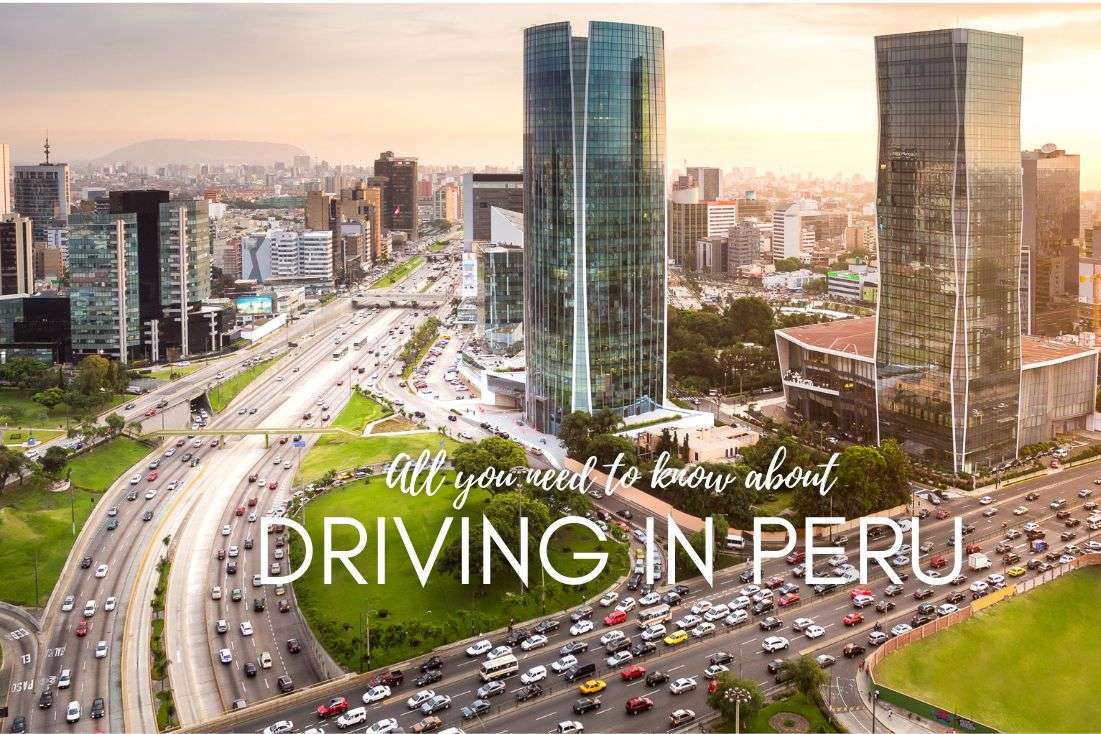
Peruvians are some of the kindest, most helpful and courteous people I’ve met during my travels. Until you put them in the driver’s seat. Then they turn into aggressive, angry, idiotic monsters. Especially in Lima.
As is the norm for my travels, I rented a car right at the airport upon arrival in Peru (in Lima). After a long flight from Europe and 2 hours (!) of waiting for my luggage at the most frustrating airport on the planet, I headed to the car rental place only to be told that our car isn’t available. Another half an hour of back and forth later, I was driving in crazy-ass Lima in the biggest SUV known to mankind. By the time we got to my hotel in Lima, my blood pressure was up and I was ready for a pisco sour.
I could just end this article here, because that basically sums up our experience of driving in Peru.
Jump over to our country section to learn more about Peru.

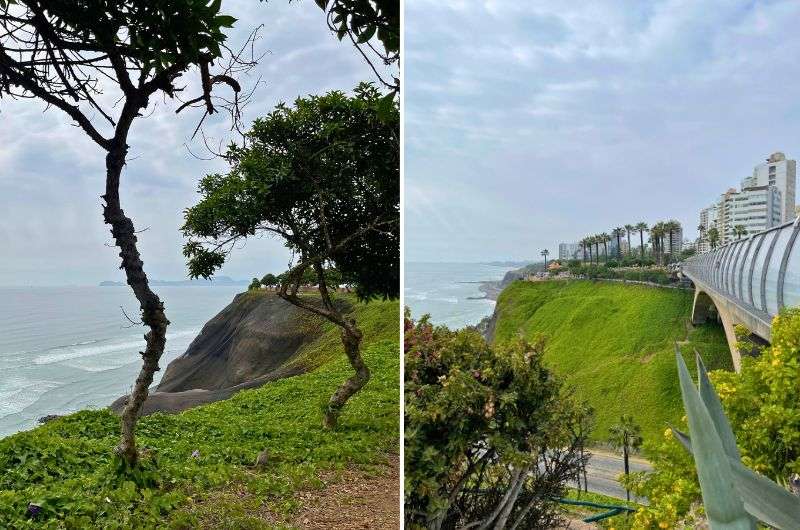
Driving in Lima is nerve-wracking
But I'll go into detail: Let's talk about what it's really like to drive in Peru as a tourist, if it's a good idea to rent a car in Peru, and what the rules of the road are if you decide to take the plunge.
And road conditions? Well, they range from good to oh-no-did-we-just-lose-a-wheel?! We'll talk about that too. And look out for the FAQs at the end for a little lightning round of practical information about how to drive in Peru.
My top tips for driving in Peru:
- Don’t pre-pay for your rental car. They’re all scammers, so you’ll want to hold onto your money until you see what you’re getting for it.
- Forget international rental car companies. The name might sound like the real thing, but the service is almost always subpar. Choose well-reviewed local companies.
- Always have change on you for tolls. They don’t take cards. We found out the hard way.
- Don’t drive. Use taxis instead, especially in Lima. You might save your sanity and some money while you’re at it. Taxis are cheap and, if you use an app, easy to come by.
- If you rent a car, only park in monitored parking lots for safety reasons. Also, get a good hotel that has parking on site. For example, we were very happy at Lima’s Hilton Miraflores. Not only did it have great parking facilities, but the rooftop pools didn’t hurt either!
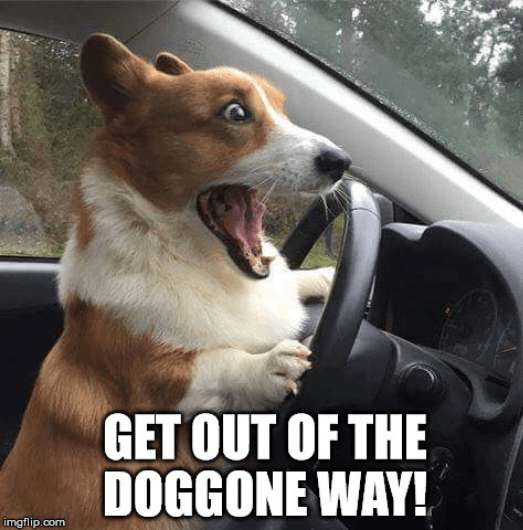
The best scenic drives in Peru: Get inspired!
While Peruvian roads can be chaotic, some drives make it all worthwhile:
- The Pan-American Highway: Stretching along Peru’s coast, this iconic route offers stunning ocean views, sand dunes, and charming seaside towns. Stop in Paracas for the incredible National Reserve and fresh ceviche.
- Sacred Valley Road Trip: Winding through the Andes, this route features lush valleys, ancient Inca ruins, and postcard-worthy mountain scenery. Don’t miss stops at Pisac, Moray, and Ollantaytambo. I have articles on all of these, by the way.
- Arequipa to Colca Canyon: This drive takes you past towering volcanoes, high-altitude plains, and herds of grazing vicuñas. Make time to visit the Mirador Cruz del Condor for breathtaking canyon views.
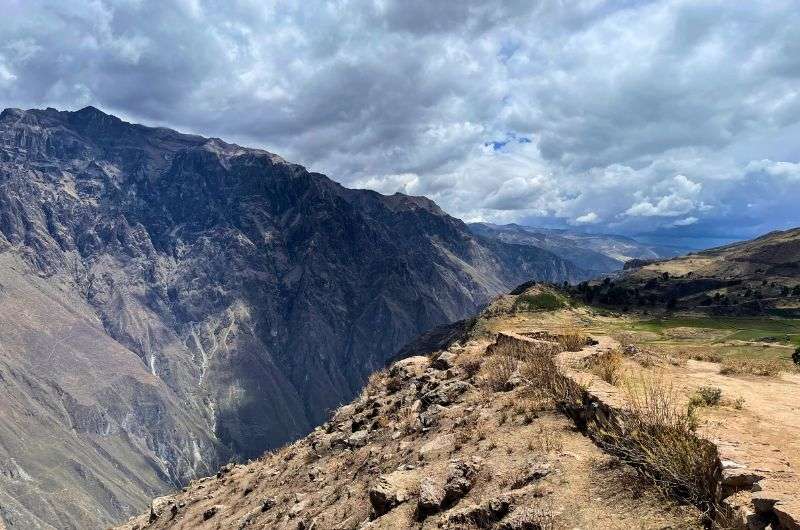
Colca Canyon
Sometimes, all you need to do is take the first step... I've filtered out the best hotels in Peru for you
Save it for yourself to come back to later, or share with your friends on social media!
I've already planned your ititnerary for the trip, complete with my travel tips.
1. Is it safe to drive in Peru? Not in Lima!
Driving in Peru can be safe if you take proper precautions and know what to expect. I wouldn't drive in Lima or Arequipa if you're a novice driver.
Roads are good, driving behavior is bad
While road conditions vary wildly, major highways are generally well-maintained. Be cautious of aggressive driving behaviors, and always be alert for unexpected obstacles like animals or pedestrians on the road.
More detail about the various roads you’ll encounter in Peru below.
Do not drive in Lima and Arequipa
The one place I didn't feel safe was driving in Lima, outside of the big cities was much easier. Not only are Peruvians angry drivers, they aren’t even tolerant of their own driving culture and get angry at others for being angry drivers! It’s just a whole lotta stress on the roads in Peru. Oh, the joys of travel!
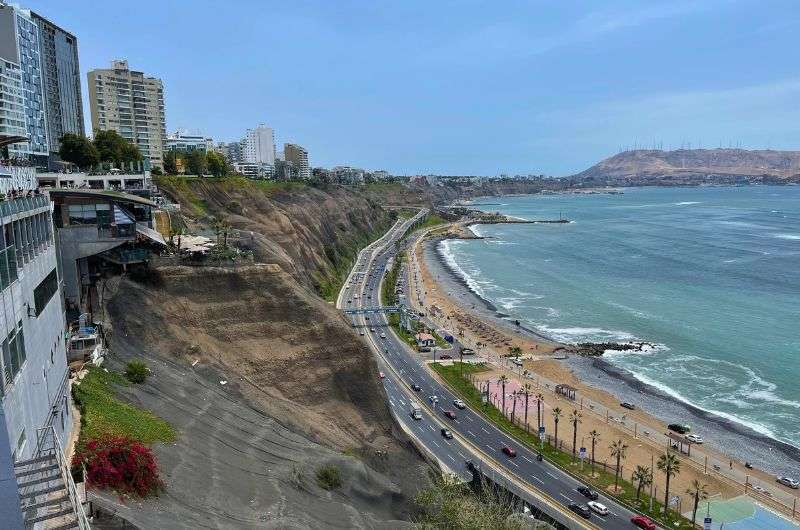
Don’t drive in Lima!
Imagine a crowded bumper car arena and whoever gets to their destination first wins a million dollars—that’s how it feels to be driving in Lima, with Arequipa in a close second.
Tip: Arequipa is absolutely a fantastic destination, so don’t take it off your itinerary just because I mentioned it here. Read about everything to do in Arequipa here.
In Lima, it’s like they leave their IQ at home, hop into a car and drive like maniacs. And once they step out of the car, everyone is lovely again. Everybody has a car with so many scratches and dents they don’t even care anymore, and honking seems like the way to communicate everything from “watch out, I’m here” to “get out of my way you &^%#@!”.
Peru is probably the only country in the world where I think it could work out better to just use taxis instead of renting a car. From a financial and mental health perspective.

Arequipa is no better. What's more, it's not just cars that cause traffic jams, animals do too!
Alas, once you leave Lima, it does get better, so I’ll keep going with some more of my top Peru driving tips…
Parking in Lima (and other big cities)
A safety tip: Don’t park your car just anywhere, there are plenty of paid parking lots that are monitored. Better to be safe than sorry. It’s not expensive, either, with parking prices around s/10–15 per day. Most good hotels in Peru will also have secure parking lots for free.
2. The rules of the road in Peru: 4 steps to “safe” driving
The basic rules of the road in Peru are the same as everywhere else in the world. It’s the lack of following them that is the problem.
If you follow the rules, like staying within your lane, driving at the speed limit, and not cutting in front of others from the right, you literally won’t get to where you need to go. So, you, too, have to drive like an idiot in Peru.
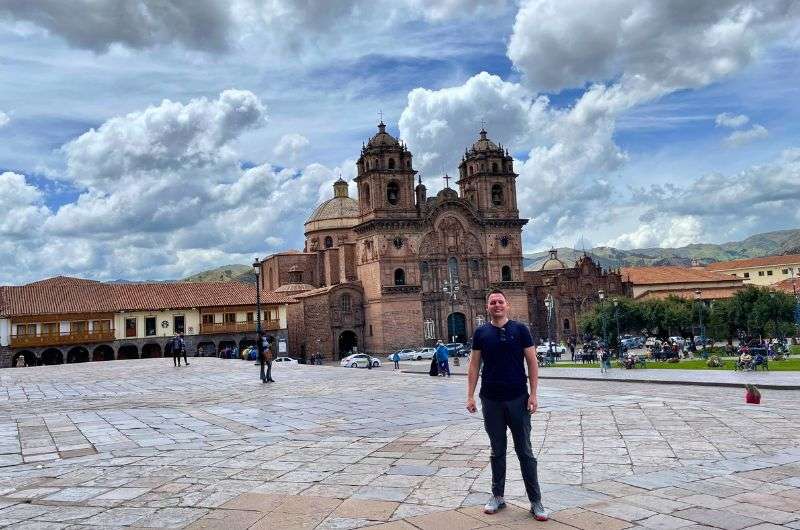
Me in Cusco
Here are some basic rules for driving in Peru:
- The largest and loudest have the right of way. Not that they’re asking or waiting to see if you understand that’s the case.
- The speed limit is only for tourists and babies. Even though driving in Peru is easier away from the big cities, drivers still don’t use common sense or courtesy. You will be left in a cloud of dust even by trucks that look like they aren’t road-worthy on many occasions.
- On roundabouts, the right of way goes to those entering the roundabout, not those already driving on it.
- You drive on the right side of the road in Peru.
If you're planning on driving in Lima, you'll need to adapt very fast to another set of rules that make no sense anywhere else in the world. Read below!

Get ready for lots of beautiful sceneries while driving in Peru
3. Driving in Lima: Survival of the fittest
In Lima specifically, you’ll need to adapt to the unwritten rules of the road. Here’s what I learned during my time there, which was only a few days, but every minute spent driving in Lima feels like an hour, so you have to learn fast.
The rules for driving in Lima as a tourist are:
- A red light means stop (thank god at least that still works), but yellow is by no means meant to make you slow down. Instead, put the pedal to the metal or get hit from the back by everyone else arriving at the intersection.
- That said, remember those in the other directions are practicing the same principle, so don’t go as soon as the light turns green. There will always be at least a few extra cars that still managed (or so they thought) to get through on their yellow.
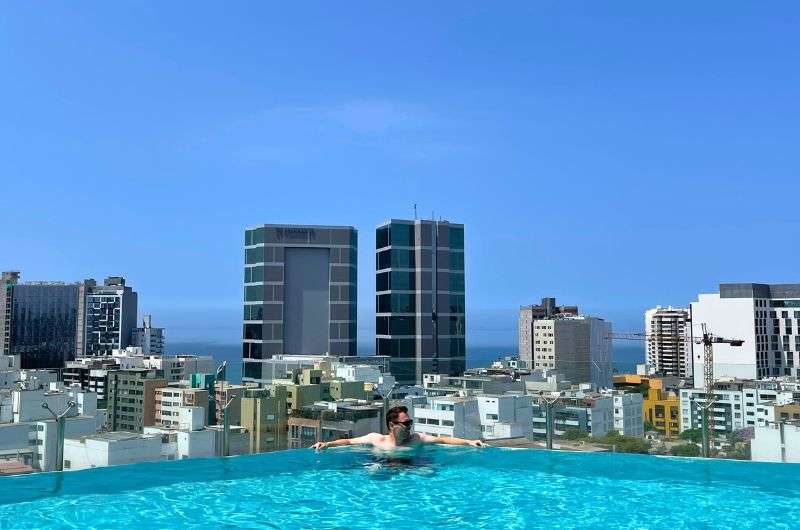
You can relax in Lima but definitely not while driving
- The bigger car has the right of way always. An old, beat up car also has the right of way. Get an old, big car.
- If you need to turn, don’t wait behind everyone already waiting. Just push your way towards the front, and remember there’s always room for one more lane.
- Turn signals are a great way to let all the crazies behind you know what you are planning and they will take advantage of you. Never show your cards.
- Honk. Honk if you want to turn, honk if you don’t want to turn, honk if there’s a pedestrian trying to cross the road, honk if you’re about to go on a green light.
- Learn a few curse words in Spanish, you’ll put them to practice many times, emblazing them into your brain forever. Mierda is a classic that will fly right out of your frustrated mouth easy enough.
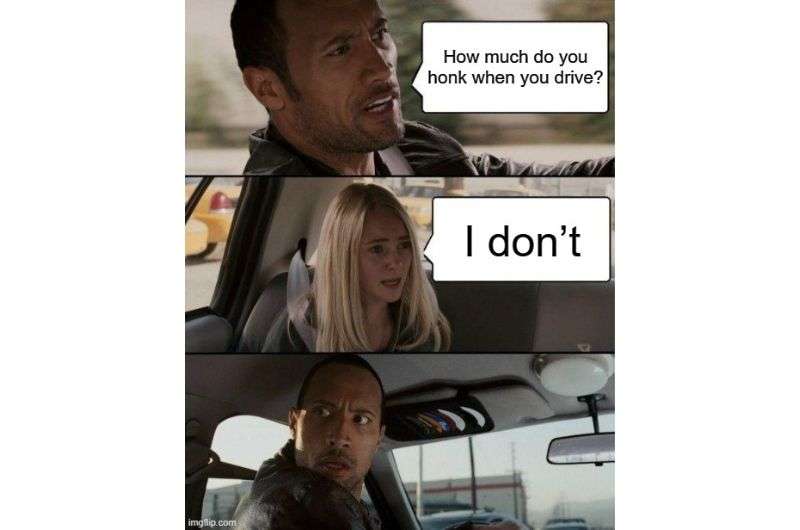
But alas, there are real rules called laws that exist in Peru:
4. Peru’s driving laws and fines
Driving in Peru is an adventure, but it’s still governed by laws—although locals may treat them more as suggestions. Here’s a quick breakdown of the rules you need to follow (or pretend to follow) and what happens if you don’t.
Peru’s speed limits: keep it cool
Peru’s speed limits are as follows:
- Urban areas: 60 km/h (37 mph)
- Rural roads: 80 km/h (50 mph)
- Highways: 100 km/h (62 mph)
Locals will ignore these limits, and you’ll likely be passed by every beat-up sedan on the road, but stick to them. Police love stopping tourists for speeding, and fines are steep.
What to do if you get pulled over
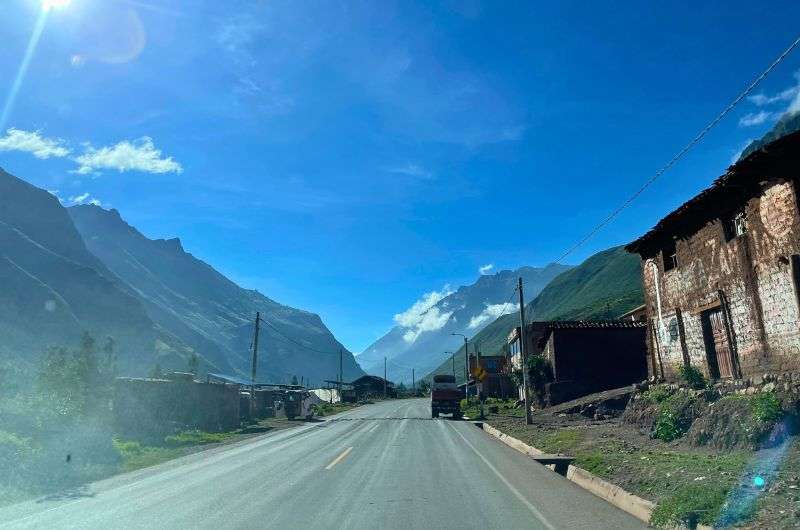
The main thing is to remain calm
Getting pulled over in Peru doesn’t mean instant trouble. Here’s how to handle it:
- Stay calm and polite: A smile can go a long way, even if the officer seems stern.
- Hand over your documents: You’ll need your driver’s license, passport, rental agreement, and proof of insurance.
- Don’t argue: If the officer claims you’ve done something wrong, don’t try to talk your way out of it aggressively. Often, they’re just doing their job.
Pro tip: Some officers may try to solicit a bribe (though this is becoming less common and I personally never got asked for one). It’s up to you, but if you feel pressured, politely insist on paying the official fine instead.
5. Renting a car in Peru: You will get ripped off
I rented a car at 4 rental companies in Peru and in almost every one of them the vehicle I had booked wasn’t available upon pickup. It seems to be a common rip-off tactic, so stand your ground.
They try to sell you a more expensive car, obviously, or give you a lesser car instead of the expensive one you already paid for.
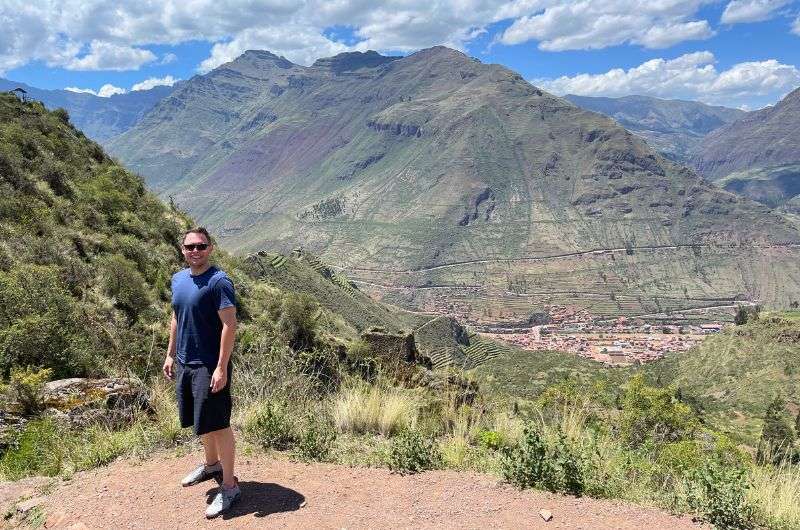
Driving in Peru can be a nightmare, but outside of the big cities, renting a car gives you the freedom to explore and stop at incredible viewpoints on your own time
For this reason, I’d suggest never pre-paying and always waiting to pay until you actually get to the counter. It’s easier to scam someone if you’re already holding their money hostage.
Use local rental car companies instead of international chains
The rental companies we used were mostly well-known international brand, but in Peru, I’d go against my own advice next time and use local companies based on online reviews. The international chains are just franchises and have nothing but the name in common with their parent company.
The one rental company that I was very happy with was Alkila Rent a Car in Arequipa and Cusco. They were professional and accommodating, no scams. If you’re going to Peru and looking for a good place to rent a car, these guys are it.
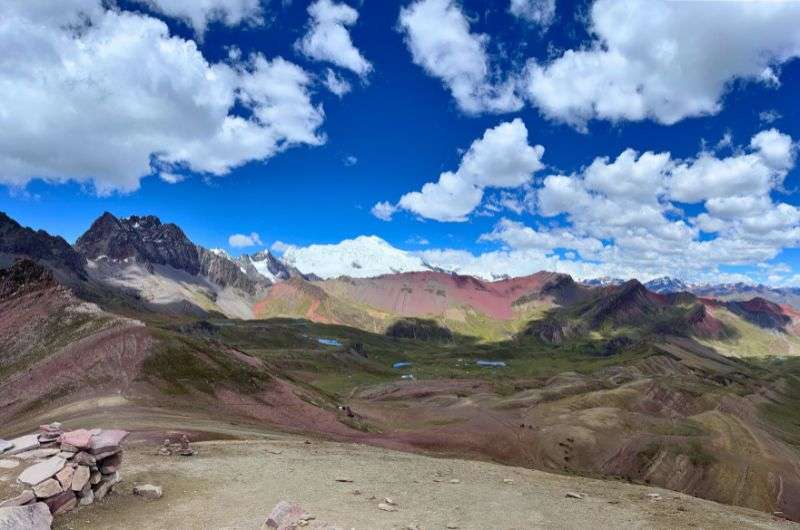
Rainbow Mountain
Be prepared to drive on dirt roads
A 4x4 is the best option because you will be driving on dirt roads a lot. That said, it’s not like you’re going on the Dakar Rallye, so no need for monster trucks. We went a little overboard in Paracas—totally not necessary to have a big truck, but fun!
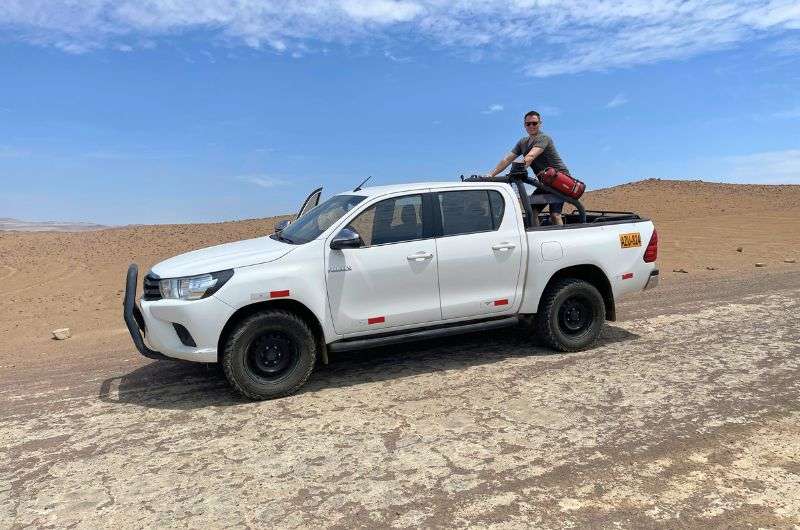
We had rented a SUV for our Paracas trip
Peru rental car prices (don’t forget the insurance!)
Renting a car in Peru isn’t cheap. An SUV or other AWD costs USD 50–70 per day. But wait!
Take out not only mandatory insurance but collision damage insurance as well, because you’re bound to get a nick or scratch at one point or another. In driving conditions like these, the added peace of mind is a no-brainer. It’s not a no-money-er though, and the extra insurance can come to almost as much as the actual rental rate. Per day!
6. Road conditions in Peru: from smooth highways to bone-rattling adventures
Let’s talk roads in Peru. You’ll find everything from silky-smooth highways to dirt paths that’ll make you wonder if you accidentally wandered onto a llama trail. It’s all part of the fun!
Highways: where you’ll almost relax
The major highways connecting cities like Lima, Cusco, and Arequipa are surprisingly good. Paved, well-maintained, and with the occasional toll booth to remind you that nothing in life is free. Keep cash handy—tolls are cash-only, and the attendants don’t care if you “swear you’ll Venmo them.”
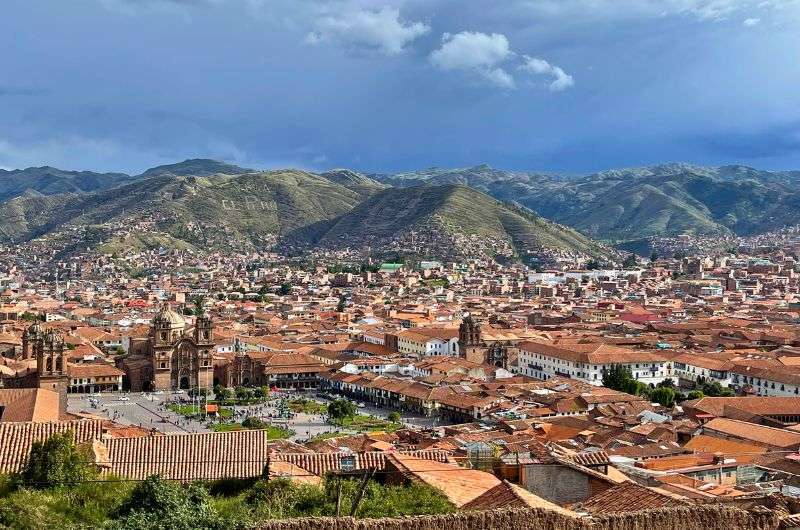
Cusco
Rural roads: the real adventure begins
The further you get from the cities, the wilder the roads become. Dirt roads, potholes big enough to swallow a tuk-tuk, and narrow mountain passes are the norm. Sacred Valley? Stunning. Getting there? A chiropractic test run. Rainbow Mountain? Jaw-dropping. The “road” to the parking lot? Good luck!
Speed bumps: because Peru says so
Speed bumps are a national obsession. You’ll find them everywhere, and they’re not always marked. These sneaky little devils won’t slow the locals down (because they don’t care), but they will have you gripping the wheel like you’re in an action movie.
Rainy season: roads vs. nature
During the rainy season, all bets are off. Landslides, floods, and mudslides make some routes a total gamble. If you’re driving then, keep an eye on the weather—and on your sanity.
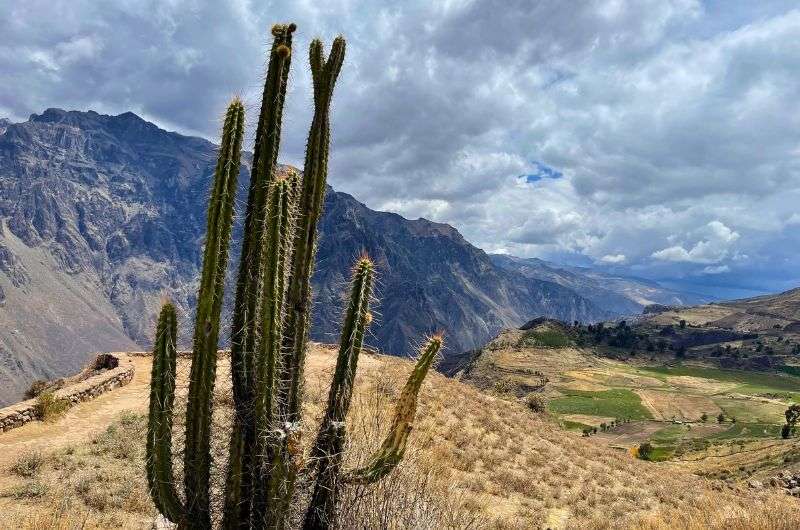
Colca Canyon
7. Driving on highways in Peru
Have cash on hand for toll gates
Most of the highways in Peru are toll roads. Don’t be like us thinking you can pay for your toll using a credit card. Cash only.
And they don’t just usher you through the toll gate so you don’t hold up traffic if you don’t have cash. A police man actually forced the 10 cars lined up behind us to back up, letting us turn around and then drive in the wrong direction back down the highway to the nearest ATM!
Police checkpoints are nothing to be afraid of
You’ll be stopped at police check points often. In 90% of cases they just wave you through when they see your beautiful face. If you are stopped, they take a minute or so to check all of your documents and then scan for drugs or whatever.
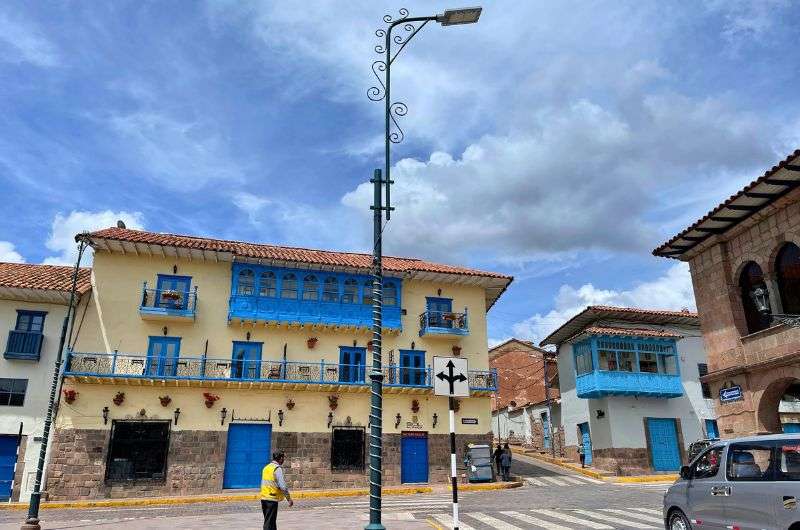
Police checkpoints sound worse than it actually is in Peru
They never gave us any trouble, like asking for bribes. If they don’t like your face, you’ll be pulled way over and get to be checked more thoroughly. Yay!
8. Gas stations and gas prices in Peru
Treat gas stations on the highways and between big cities in Peru as little fuel oases. Always stop and top up even if you think you don’t need to yet. Sometimes there are gas stations on every corner and then nothing for 150 km. The distances in Peru are huge, so keep your eye on your fuel gauge. You don’t want to run out of gas in the boonies.
At gas stations, there will always be an attendant putting the gas in for you. Make sure to tip them. They’ll usually thank you by washing your windows or checking your tire pressure.
One positive thing is that pumping your oversized 4x4 full of gas won’t hurt your wallet—a liter of gas in Peru costs USD 1!
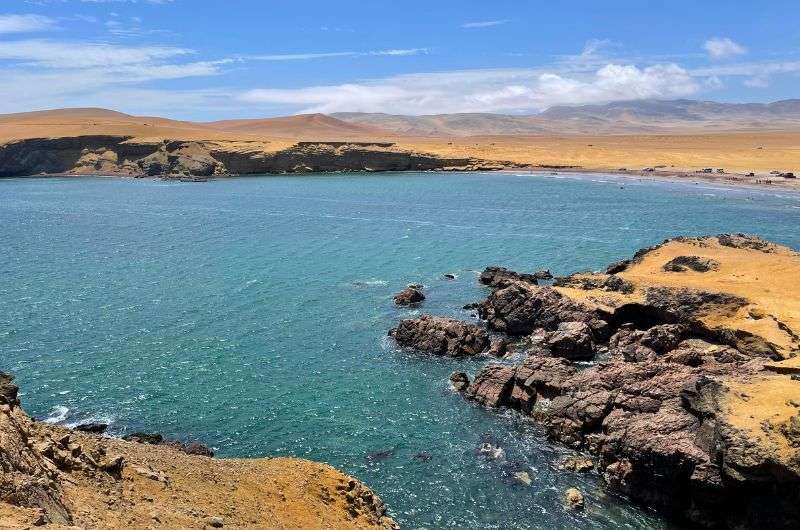
Paracas Nature Reserve
9. Taxis in Peru: Taxi apps for the win
Since the driving conditions are so shady and rental prices are high, you really should consider using taxis in Peru. They are cheap, easy to come by, and you won’t have a panic attack three times a day navigating the roads in Lima on your own.
Taxi drivers even turn on the taxi meter if you ask them to! But realistically, it’s better to talk about the price beforehand or just go for the easiest option and use a taxi app.
Cabify is available in Peru’s bigger cities. Just know that when choosing your vehicle category, premium is the only way to go. Normal will get you a pile of junk, luxury is the same pile of junk but it has possibly been washed in the last month, and premium will get you an ok car with working seat belts, something the other categories can only dream of.
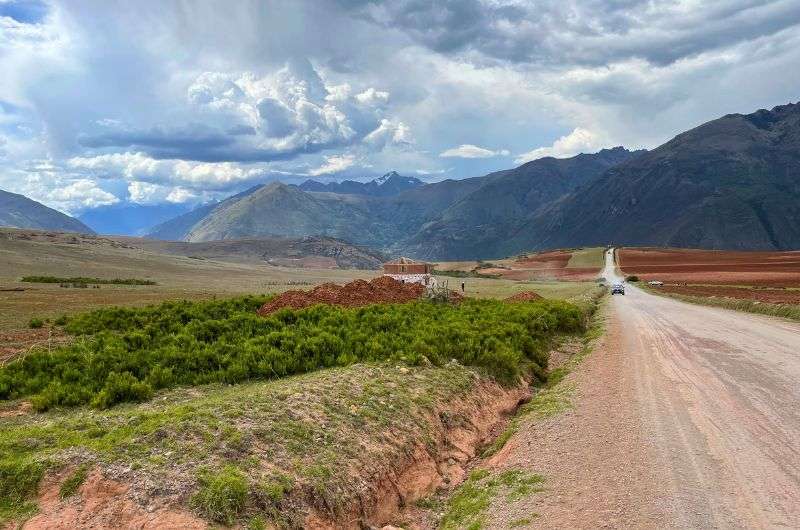
Outside the city driving is great, but in the cities I recommend taking a taxi
Taxi prices in Cusco and Lima
In Cusco (as of 2024), taxi fares are very affordable:
- Short trips within the city: USD 0.70–1 (PEN 3–4).
- Airport to city center: USD 3.50–5 (PEN 10–15).
- Longer city trips: USD 2.50–3.50 (PEN 8–12).
A taxi from Cusco to Ollantaytambo, something you will need on your way to Machu Picchu, will cost you USD 30–40.
A taxi from Lima airport to Miraflores is USD 20, which is kind of a lot, but that’s to be expected since it’s an airport route. Within Lima itself you’ll pay about USD 4 to drive between the districts, slightly more if you get caught in traffic.
And now, it's a round of frequently asked questions! Because it seems driving in Peru is a hot topic and you can never be over-prepared for what awaits on the roads.
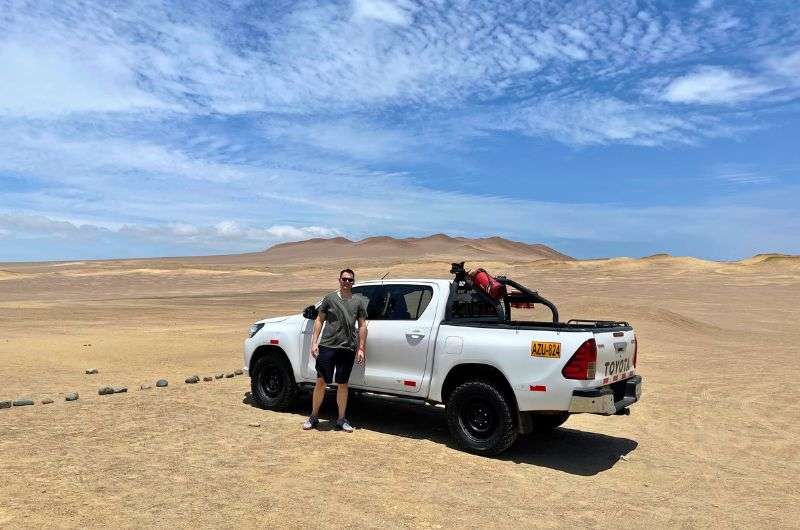
Now it’s time for questions!
FAQ 1: Is Peru left or right-hand drive?
Peru is a right-hand drive country, which means you'll be driving on the right side of the road. This is similar to the driving style in the United States and most of Europe. Remember to yield to oncoming traffic when making left turns and always be cautious of other drivers, as driving styles can be aggressive. Read my driving rules above... seriously, read them.
FAQ 2: Can I drive to Machu Picchu?
Nope, you can’t drive directly to Machu Picchu. The closest you can get by car is the town of Ollantaytambo. From there, you'll need to take a train or embark on a trek to Aguas Calientes, the gateway to Machu Picchu. Driving to the site itself is not possible due to its remote and rugged location in the Andes. I have an entire article about getting to Machu Picchu and a ton of other practical information.
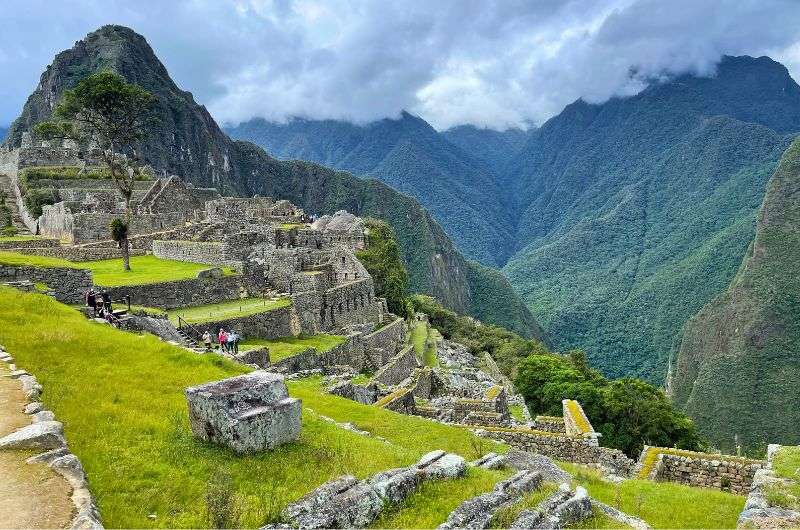
Drive to Ollantaytambo and then take a train to Machu Picchu
FAQ 3: What is the quality of the roads in Peru?
Road quality in Peru varies widely. Major highways and roads in urban areas are generally well-maintained and paved. However, rural and mountain roads can be rough, with potholes, narrow passes, and unpaved sections. During the rainy season, these conditions can worsen, so it's essential to drive with caution and be ready for anything.
FAQ 4: How to pay tolls in Peru?
You pay tolls at toll booths located along major highways, in cash! It’s a good idea to carry local currency (Peruvian Soles) with you, as we learned the hard way. Some toll booths may accept credit cards, but it's not guaranteed. Keep small bills and change handy to make the process smoother and quicker.
FAQ 5: Can you self-drive in Peru?
Absolutely, you can self-drive in Peru, and it's a fantastic way to explore the country at your own pace. Make sure you're prepared for the unique driving conditions, such as varying road quality and aggressive local driving habits and rules that make no sense if you have common sense. Have all necessary documents, including a valid driver's license and insurance, and consider renting a reliable vehicle from a reputable agency for the best experience.

Sure you can self-drive in Peru!
Sometimes, all you need to do is take the first step... I've filtered out the best hotels in Peru for you
Save it for yourself to come back to later, or share with your friends on social media!
I've already planned your ititnerary for the trip, complete with my travel tips.
You might also be interested in reading:
- The Best 3-Day Cusco Itinerary with Sacred Valley Day Trip
- A 2-Week Peru Itinerary: A Day-By-Day Trip Plan
- Top 14 Handpicked Luxury Hotels in Peru (With Prices)
- The 10 Best Ruins to Visit in Peru
- Top 9 Places to See in Sacred Valley
This post may contain affiliate links. We earn a small commission if you make bookings through my links, at no additional cost to you. Thank you for your support!





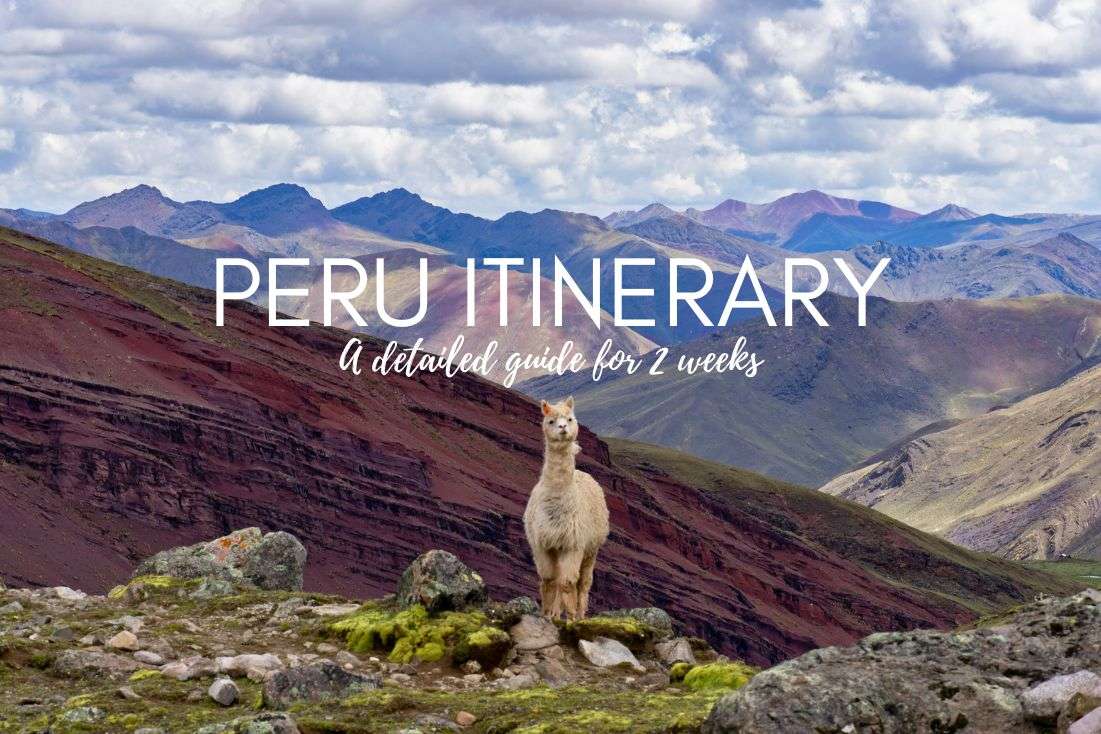
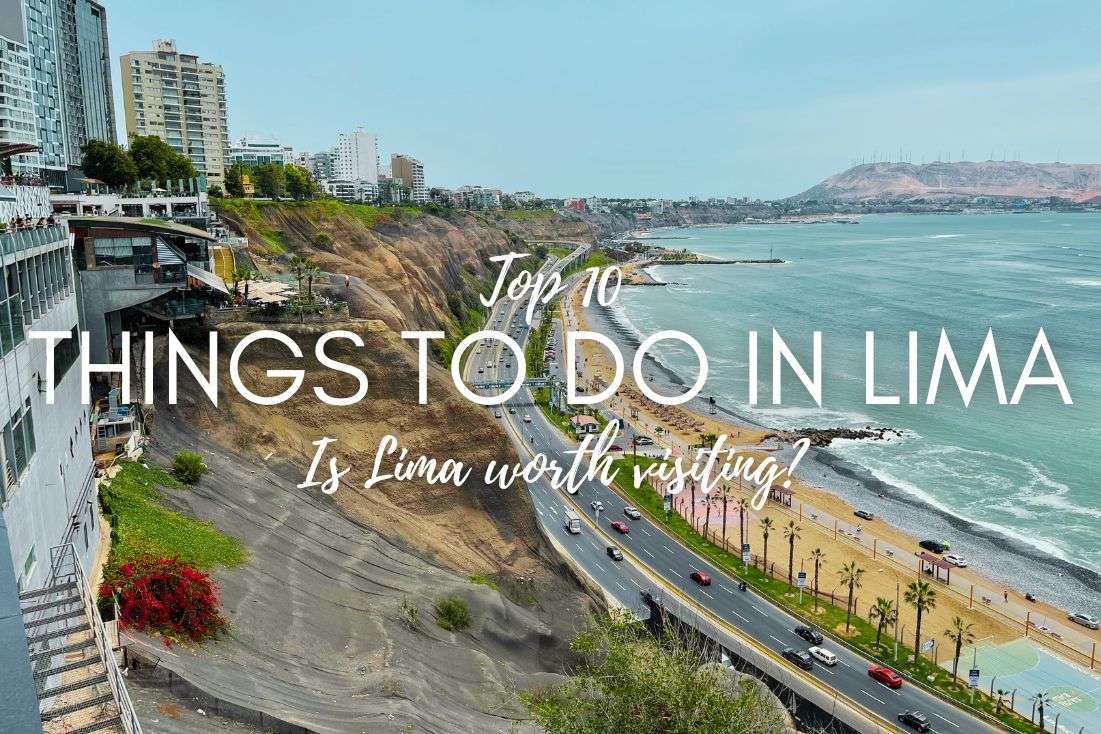



Comments | Thoughts? Give us a shout!